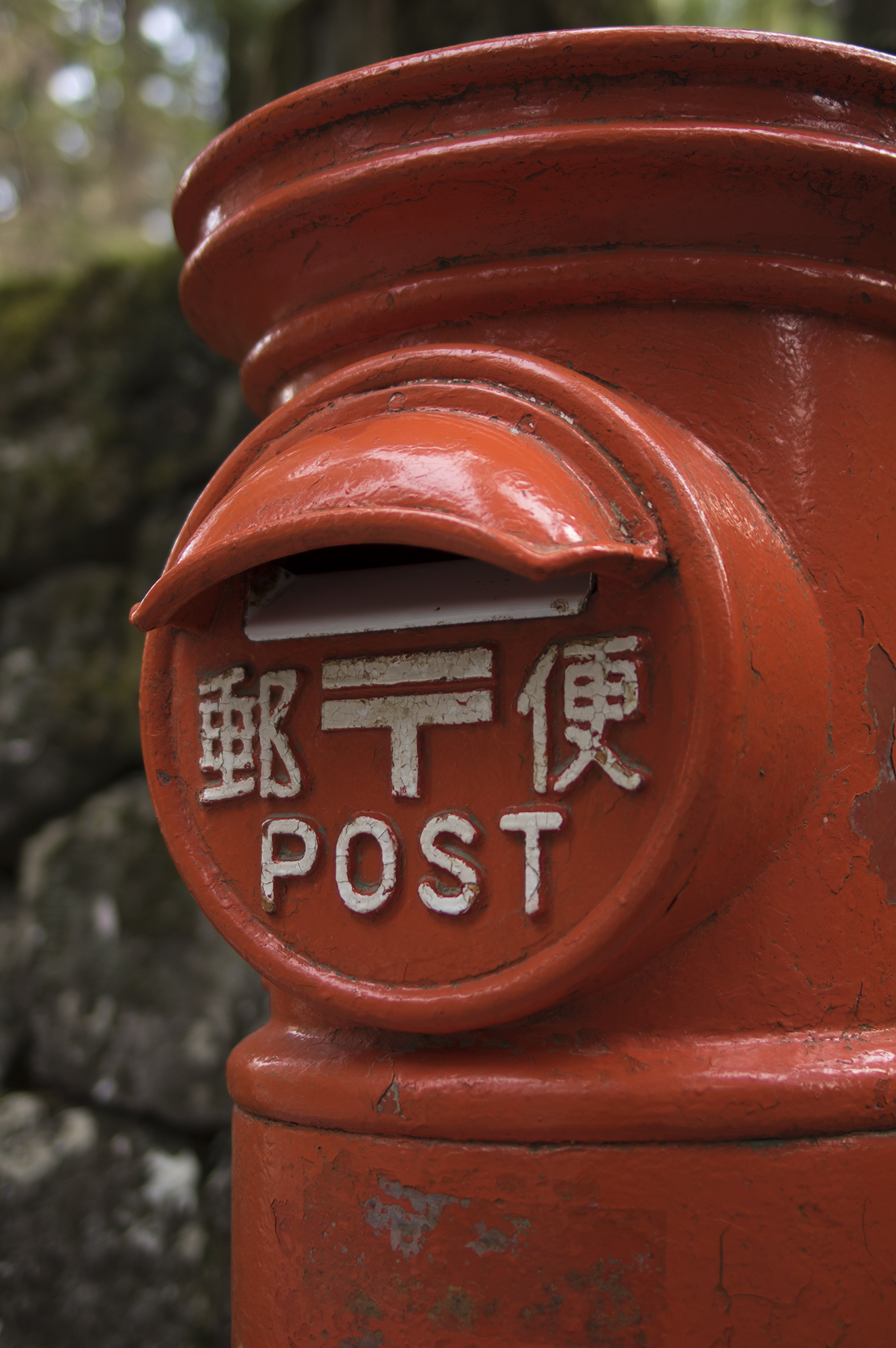- Información básica
- Lugares de interés y atracciones
- Acceso e información sobre la zona
- Mejor temporada para visitar
- Galería de fotos
- PREGUNTAS FRECUENTES
- Referencias
Información básica
Nombre: Salobetsu Marshland
Ubicación: Hokkaido, Toyotomi Town and Horonobe Town
Categoría: Humedal / Reserva natural
Características únicas: Salobetsu Marshland is known for its vast expanses of beautiful wetlands, rich biodiversity, and stunning seasonal landscapes, making it a prime spot for nature photography and birdwatching.
Lugares de interés y atracciones
Visitors to Salobetsu Marshland can enjoy a variety of attractions including breathtaking viewpoints, walking trails that meander through the wetland, and unique seasonal events like the blooming of wildflowers in spring. The area is teeming with wildlife, making it a perfect location for birdwatching, especially for spotting migratory species.
Acceso e información sobre la zona
Cómo llegar: Salobetsu Marshland can be accessed by car or public transport. If driving from Sapporo, take Route 275 and follow signs to Toyotomi Town, where signposts will guide you to the marshland.
Información sobre el aparcamiento: There are free parking lots available near the visitor center and trailheads. It is recommended to arrive early during peak season to secure a spot.
Atracciones cercanas: Explore nearby destinations such as the scenic coastline of the Japan Sea, local farms offering fresh produce, and the historical sites in Toyotomi Town.
Alojamiento: Recommended accommodations include local guesthouses and lodges in Toyotomi, as well as campsites for those looking to immerse themselves in nature.
Mejor temporada para visitar
Tiempo recomendado: The best times to visit Salobetsu Marshland are during late spring (May to June) for wildflower blooms and autumn (September to October) for stunning foliage.
El clima: In spring, temperatures range from 10°C to 20°C, while autumn temperatures range from 5°C to 15°C. The weather can be unpredictable, so visitors should be prepared for sudden changes.
Consejos: Dress in layers and wear waterproof boots, especially if exploring the wetland area. Carry binoculars for birdwatching and a camera to capture the stunning scenery.
Galería de fotos
Explore our photo gallery showcasing the beauty of Salobetsu Marshland across different seasons, capturing its lush landscapes and vibrant wildlife.
PREGUNTAS FRECUENTES
Qué ponerse: Wear comfortable, weather-appropriate clothing and sturdy shoes suitable for walking in wet conditions.
Reglas y etiqueta: Please respect wildlife and stay on designated paths to preserve the natural environment.
Consejos de seguridad: Carry a first aid kit and stay hydrated, especially during long hikes. Be cautious of uneven terrain and slippery areas.
Referencias
1. [Sarobetsu Time x Sarobetsu Smile](http://sarobetsujikan.com/): This site introduces the natural beauty, culture, and history of Sarobetsu, showcasing tourist spots and the charm of Toyotomi and Horonobe towns. You can experience the changing seasons of Sarobetsu and find your own special moments.
2. [Wikipedia – Sarobetsu Wetlands](https://ja.wikipedia.org/wiki/サロベツ原野): This page provides detailed information about the Sarobetsu Wetlands, located along the coastline of Toyotomi and Horonobe towns in northern Hokkaido.
3. [NAVITIME Travel – Sarobetsu Primordial Flower Garden](https://travel.navitime.com/ja/area/jp/guide/TBNarticle33496/): This site recommends visiting the Sarobetsu Primordial Flower Garden, especially during the blooming season of Ezo Kanzo. It also highlights the Sarobetsu Wetland Center, where you can learn about nature.
4. [Jalan.net – Sarobetsu Wetlands Access, Hours, and Fees](https://www.jalan.net/kankou/spt_01488ab2020004203/): This site provides comprehensive information about access, operating hours, and fees related to the Sarobetsu Wetlands, along with surrounding information.
5. [Wikipedia – Rishiri-Rebun-Sarobetsu National Park](https://ja.wikipedia.org/wiki/利尻礼文サロベツ国立公園): This page discusses the national park that includes the Sarobetsu Wetlands, highlighting its natural state and ecological significance.
